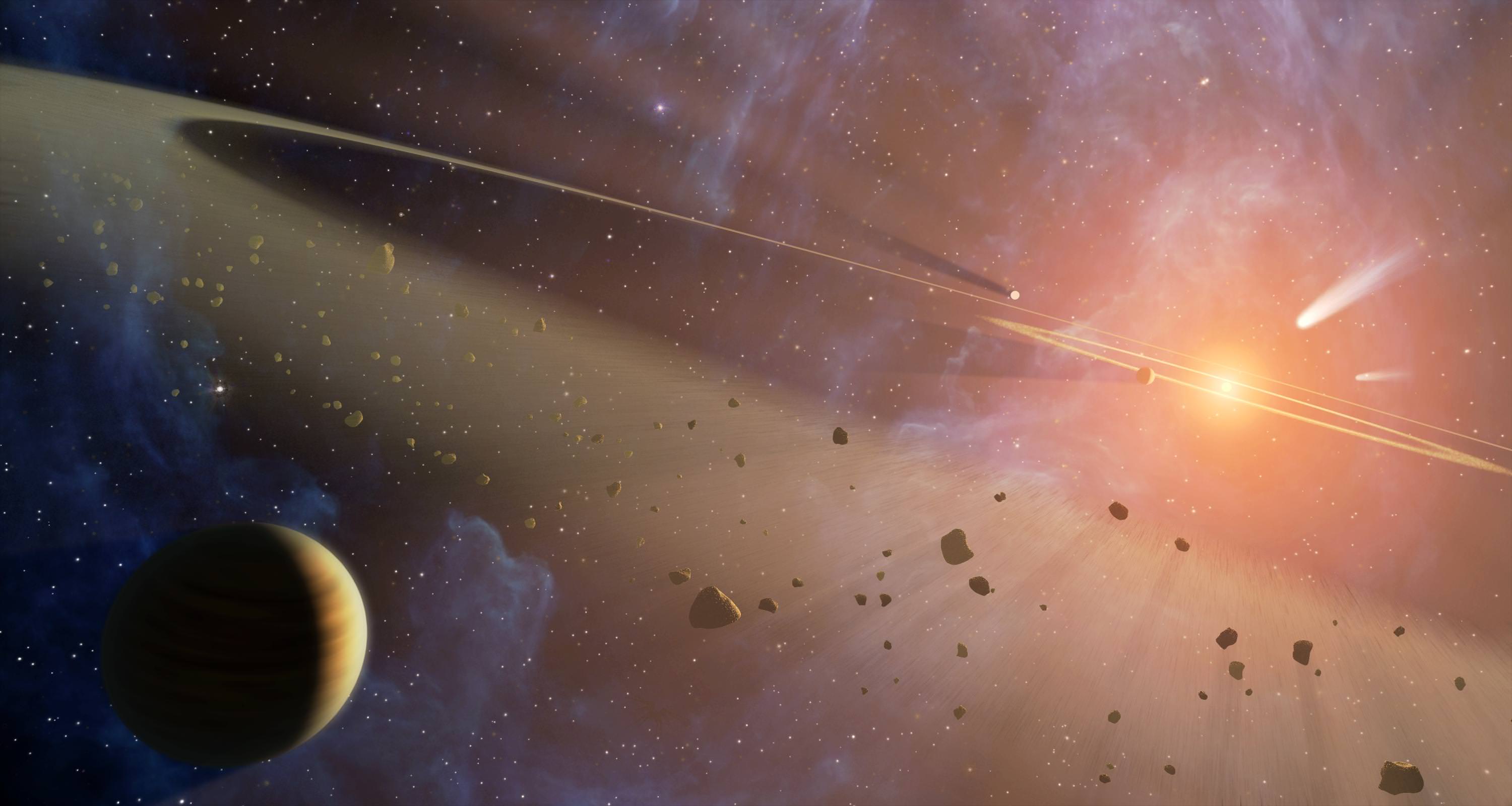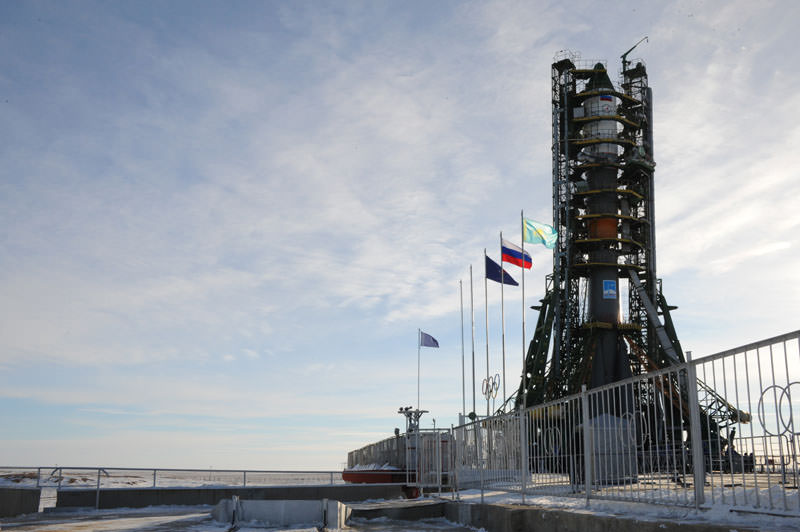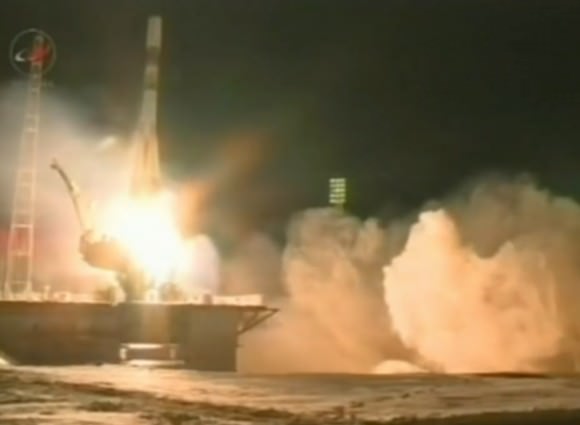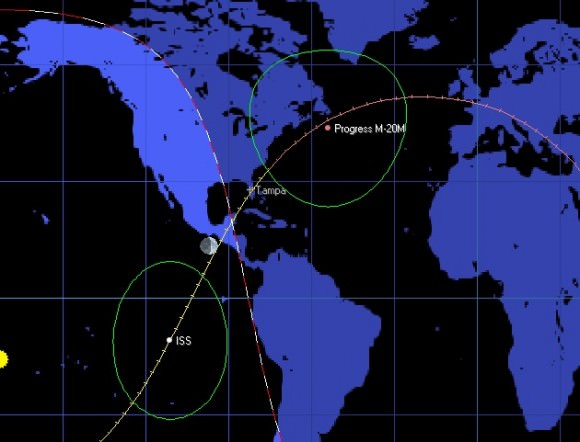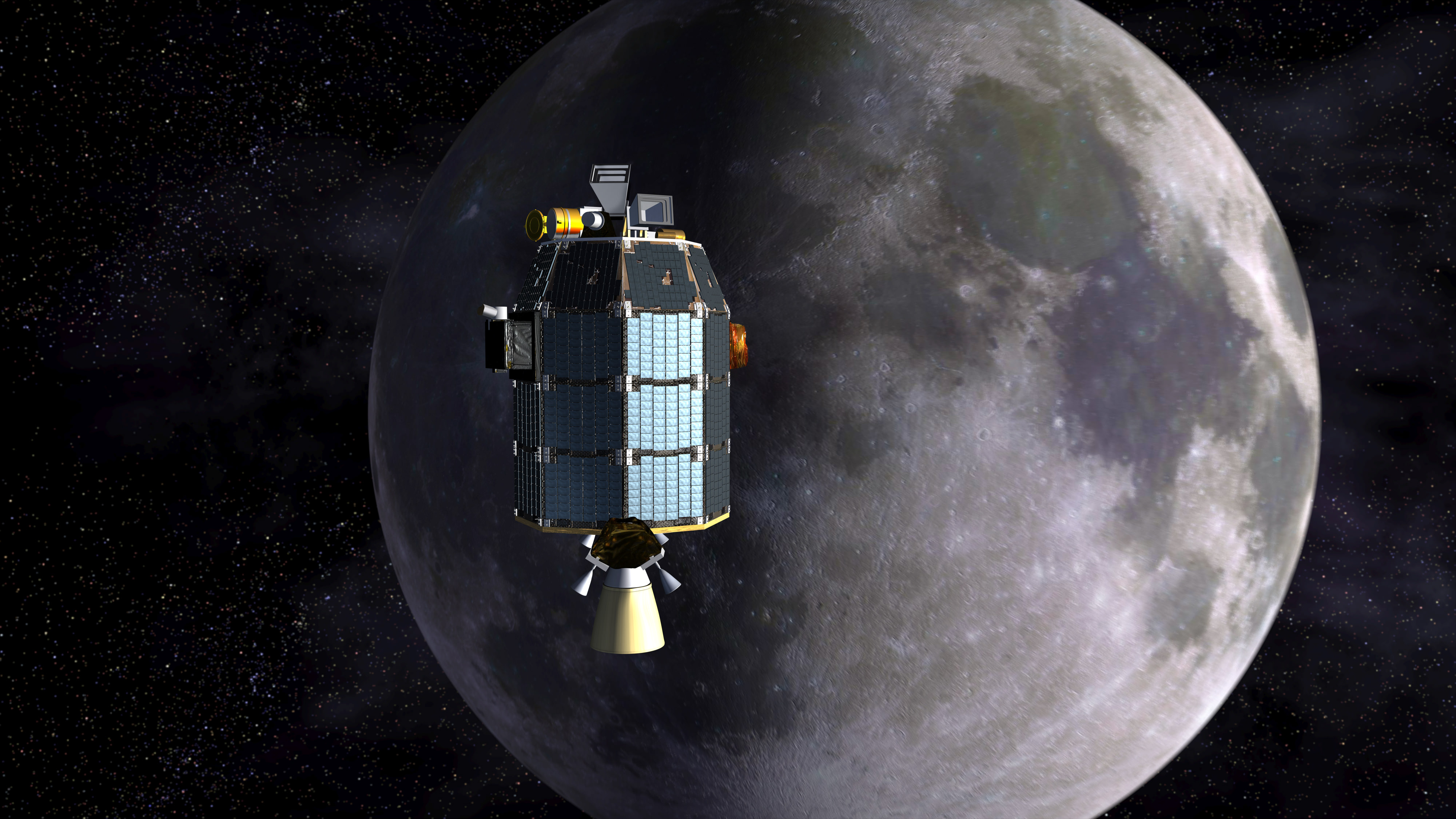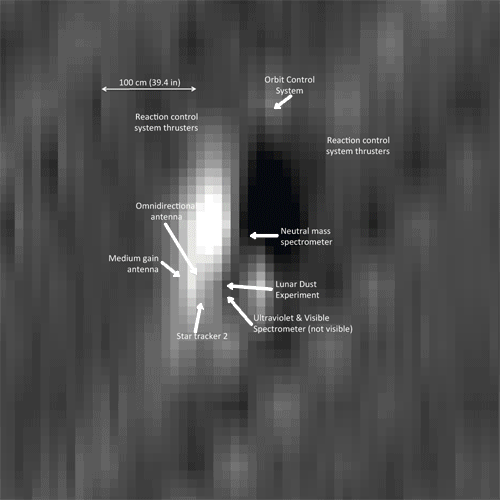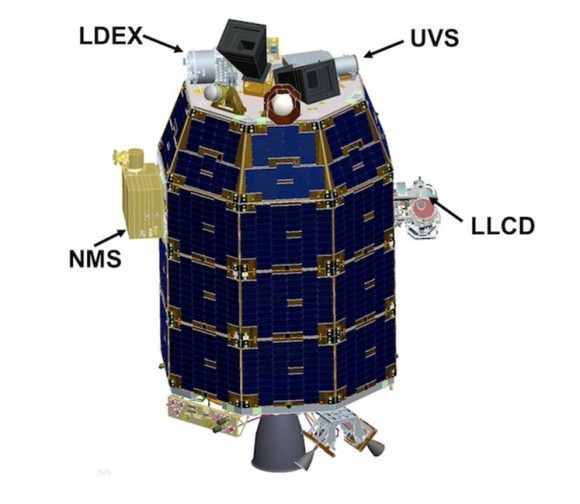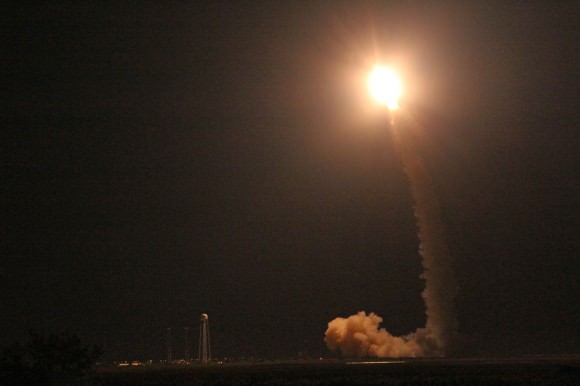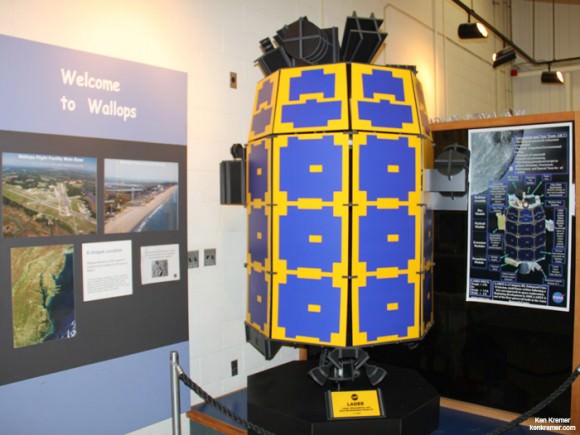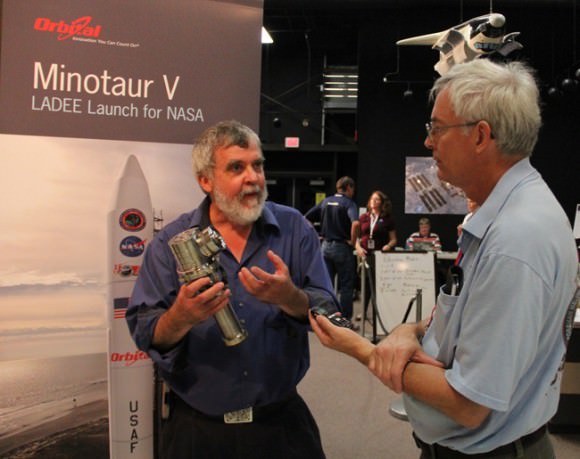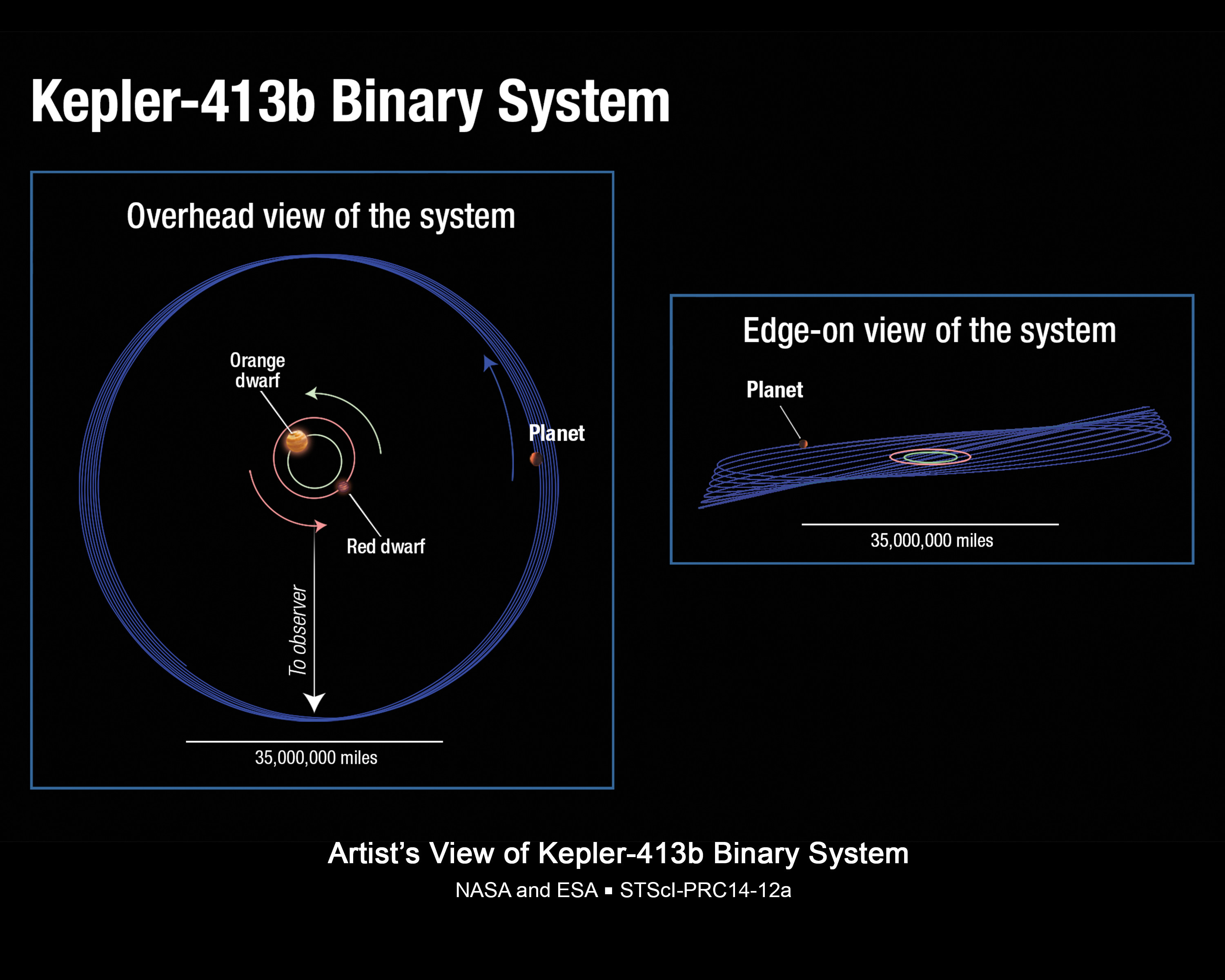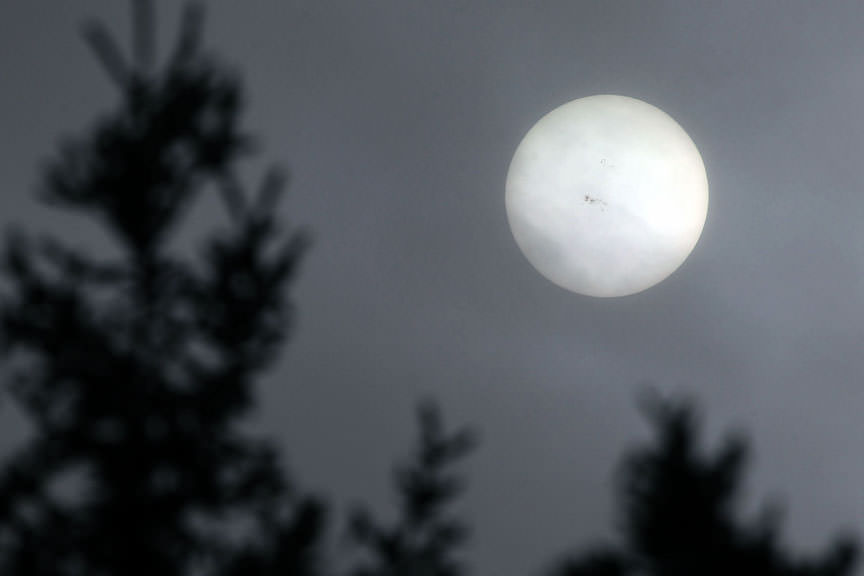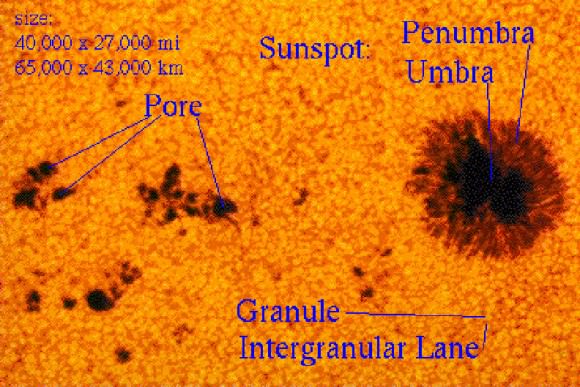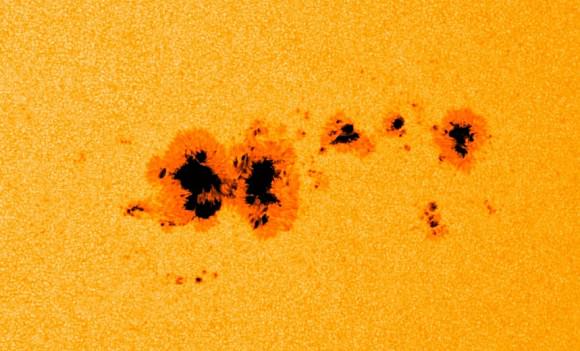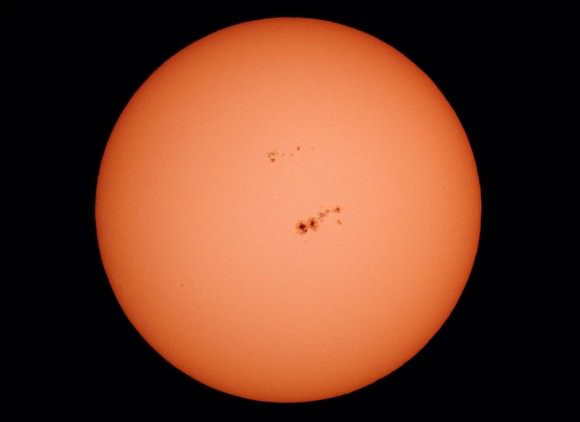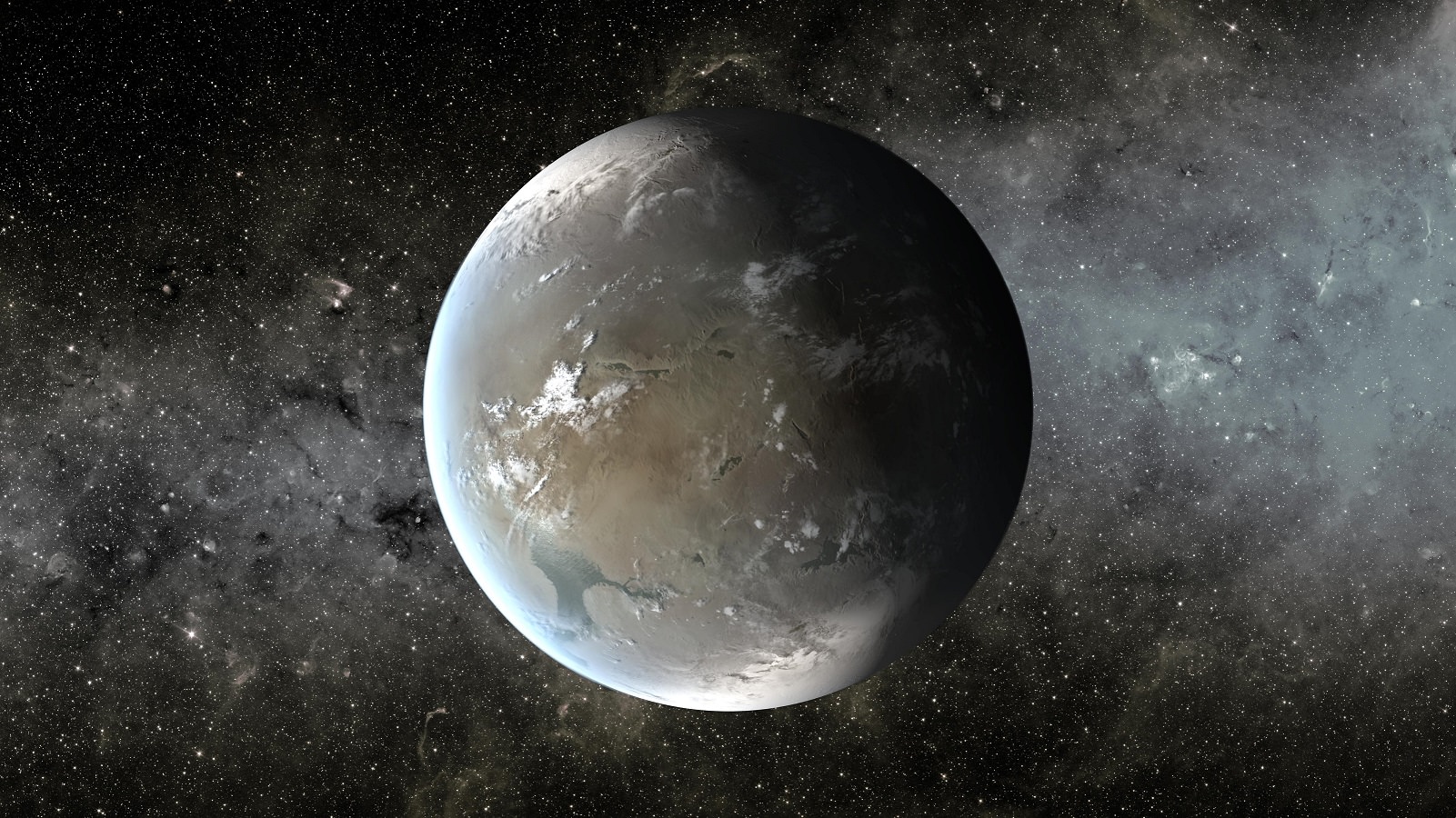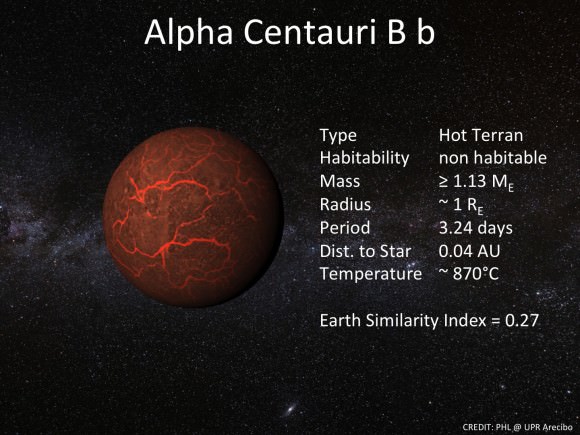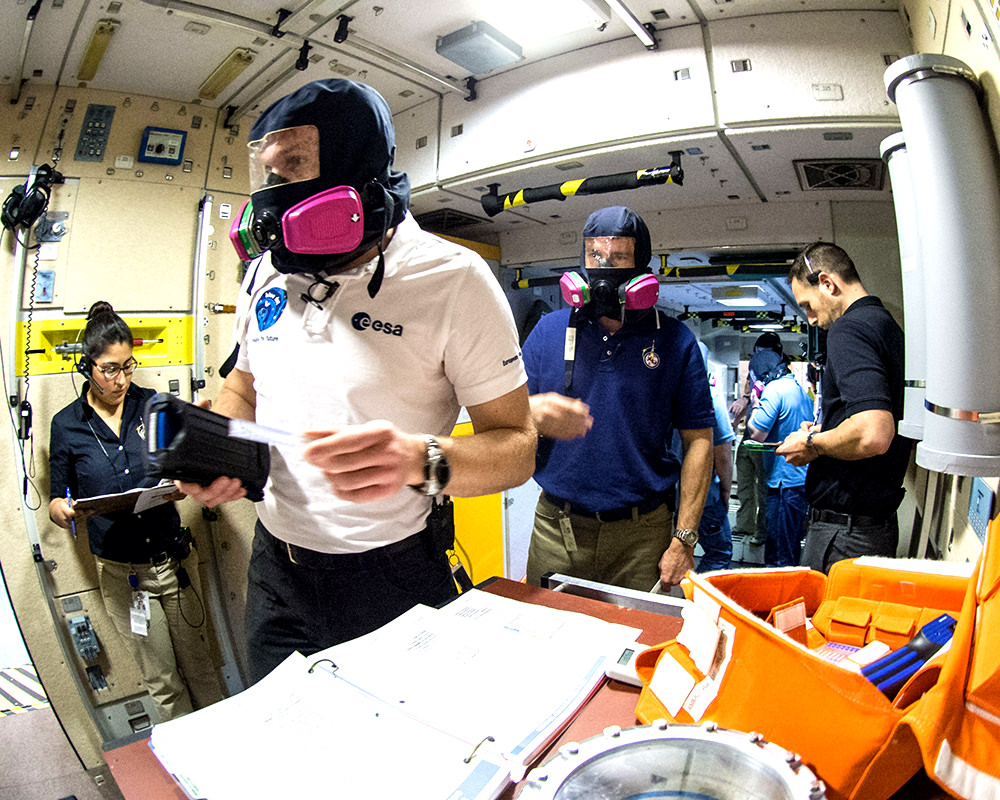Dr. Andrea Ghez has spent much of her career studying the region right around the center of the Milky Way, including its supermassive black hole. In fact, she helped discover it in the first place. Dr. Ghez speaks about this amazing and dynamic region.
“Hi, I’m Dr. Andrea Ghez, and I’m a professor of physics and astronomy at UCLA. I study the center of our galaxy. The original objective was to figure out if there’s a supermassive black hole there, and in doing this, we’ve actually uncovered more questions than answers.”
What are you looking for at the center of the galaxy?
“We are tremendously privileged to be able to study the center of the galaxy, and have this exquisite laboratory to play with, to get insight into the fundamental physics of black holes, and also their astrophysical role in the formation and evolution of galaxies. You can also ask what kinds of phenomena do you expect to see around a black hole, and we have a lot of predictions about our thoughts about how galaxies form and evolve, and our ideas suggest that there’s a feedback between the galaxy and the black hole. But many of these models predict things that we simply don’t see, which again provides yet another playground.”
What’s it like around the supermassive black hole at the center of the galaxy?
“If you could get into a spaceship and get right down to the black hole, it would be a very busy place. Stars would be zooming around, like the sun, but you’d have a very busy day. You wouldn’t survive – I guess that would be another problem! You’d get torn apart. It’s just a very extreme place. The analogy that often gets made with the center of the galaxy is that it’s like the urban downtown, and we live out in the suburbs, so we live in a very calm place whereas the center of the galaxy is a a very extreme place, in almost every way you can describe an environment.”
What are some of the discoveries?
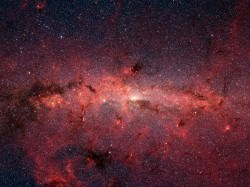
“The observations at the center of the Milky Way have taught us that one, it’s really normal to have a black hole at the center of the galaxy. I mean, our galaxy is completely ordinary, garden-variety, nothing-special-about-us, so if we have one, presumably every galaxy harbors a supermassive black hole at it’s center. We’ve also learned that the idea that a supermassive black hole should be surrounded by a very dense concentration of very old stars is not true. And that prediction is often used in other galaxies to find their black holes, because we can’t do the kinds of experiments we’ve done at the center of our own – that you look for this concentration of light, but in our galaxy we’re not seeing that, so you have a case where’s there’s absolutely clearly a supermassive black hole, yet you don’t see this collection of old stars. That’s a puzzle.
“Another puzzle that we’ve found that’s illuminating our ideas about other galaxies is that people predicted that you shouldn’t see young stars being formed near a black hole. In fact, in the early 1980’s, when people recognized that there were young stars found in the vicinity of a black hole, that was used to argue that perhaps you couldn’t possibly have a black hole because of these young stars. And yet again, we have a supermassive black hole – we know it, and those young stars are still exist, and we’ve even found stars even closer. And it’s the tidal forces that make it even more difficult to understand why the young stars should be there. The tidal forces pull the gases apart, and for star formation, you need a very fragile balls of gas and dust to collapse, so something’s amiss.”
How might those young stars get formed?
“There are so many ideas about how young stars could form at the center of the galaxy, but the one that has the most support is the idea that, at the time that these stars were being formed, that there was a much denser concentration of gas than there is today, and in that denser concentration you can get the collapse of those little clouds. We think that because as we continue to study the orbits of those stars, and what we’ve seen is that those orbits outside a certain distance start to fall into an ordered plane, like the planets orbiting the sun. We see a substantial fraction of them having a common orbital plane, and that looks very reminiscent to the solar system. The same way the planets formed out of a gas disc in the early days, that’s the same idea that is being invoked for these young stars, on a very different scale.”


